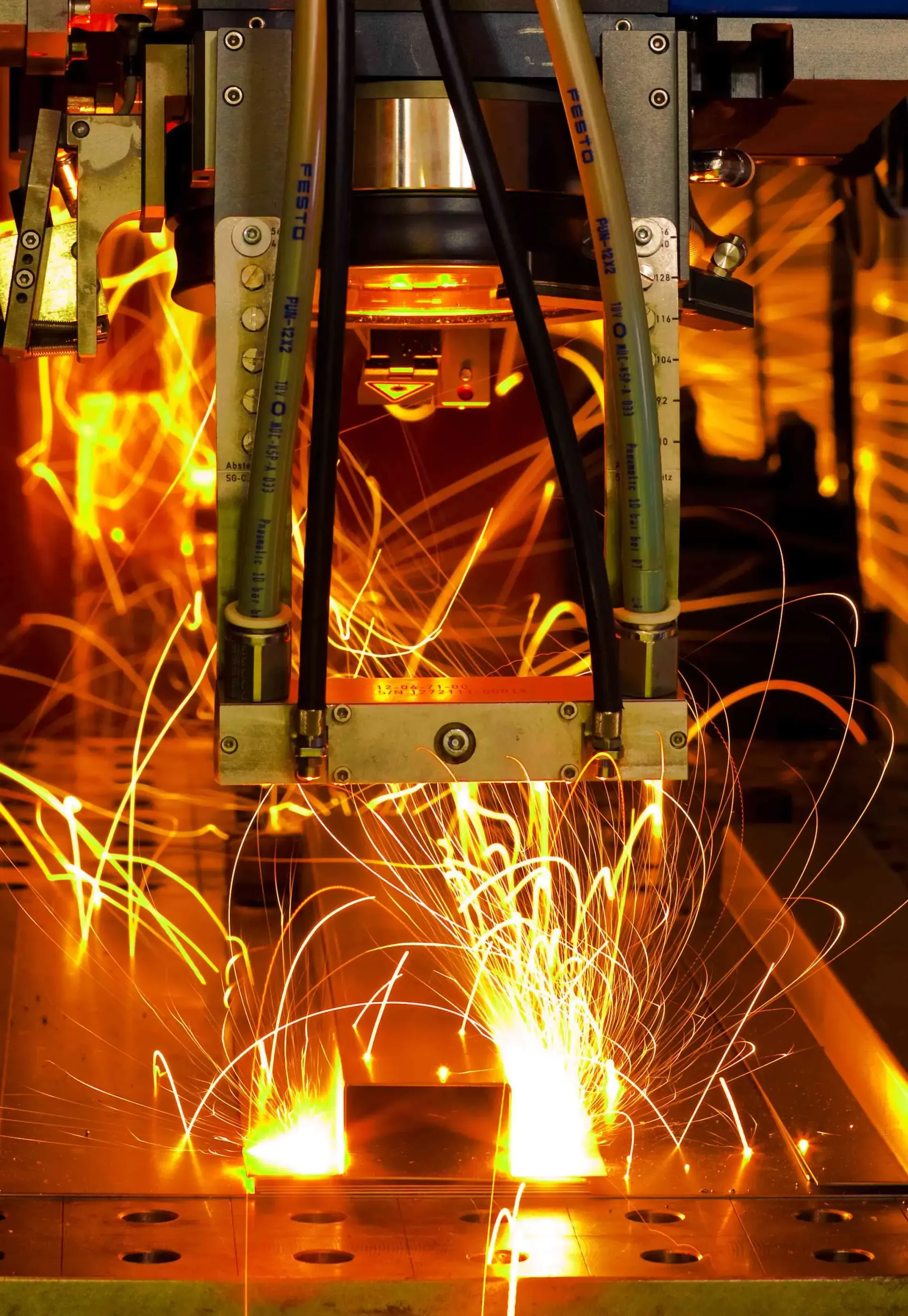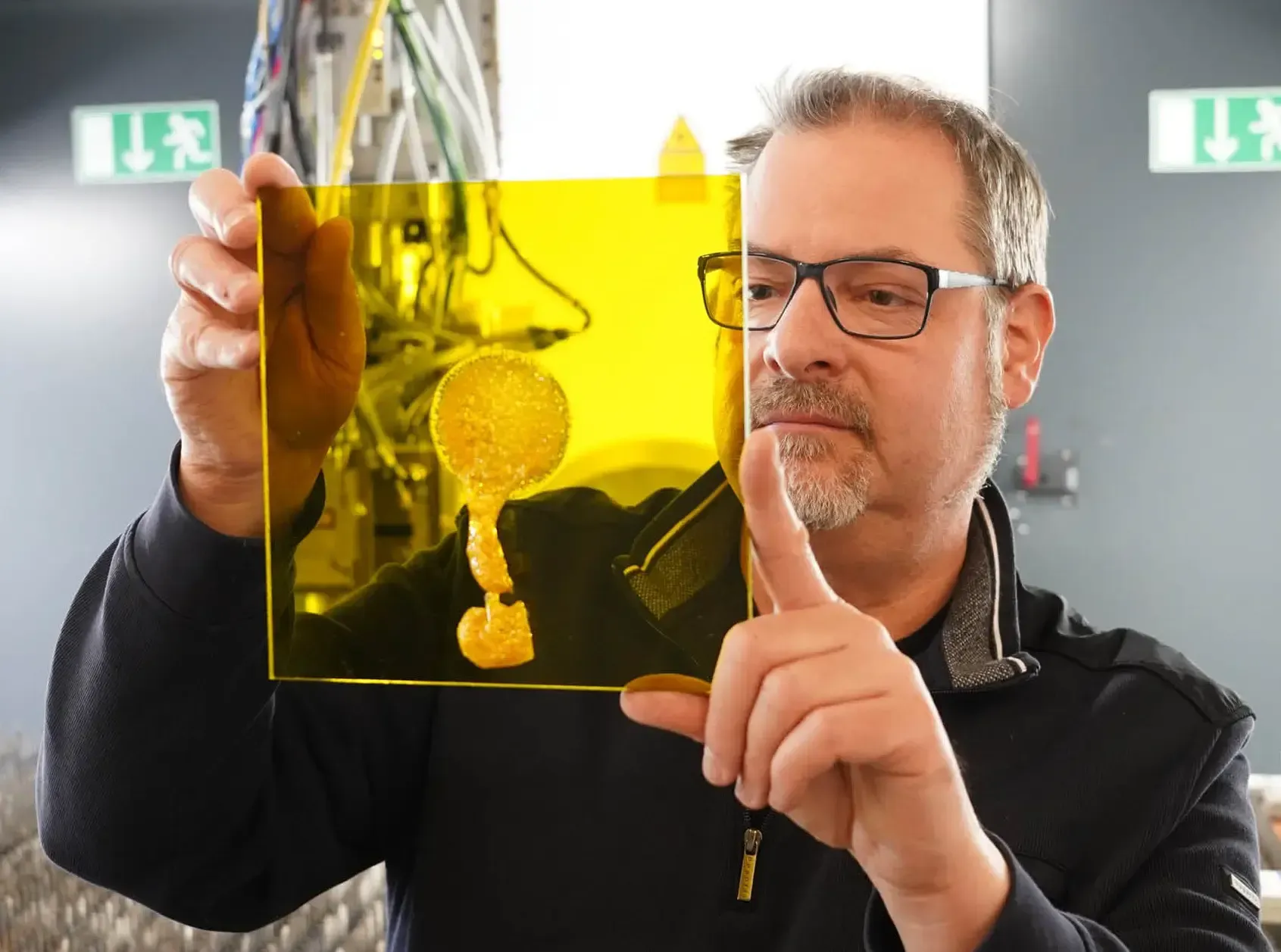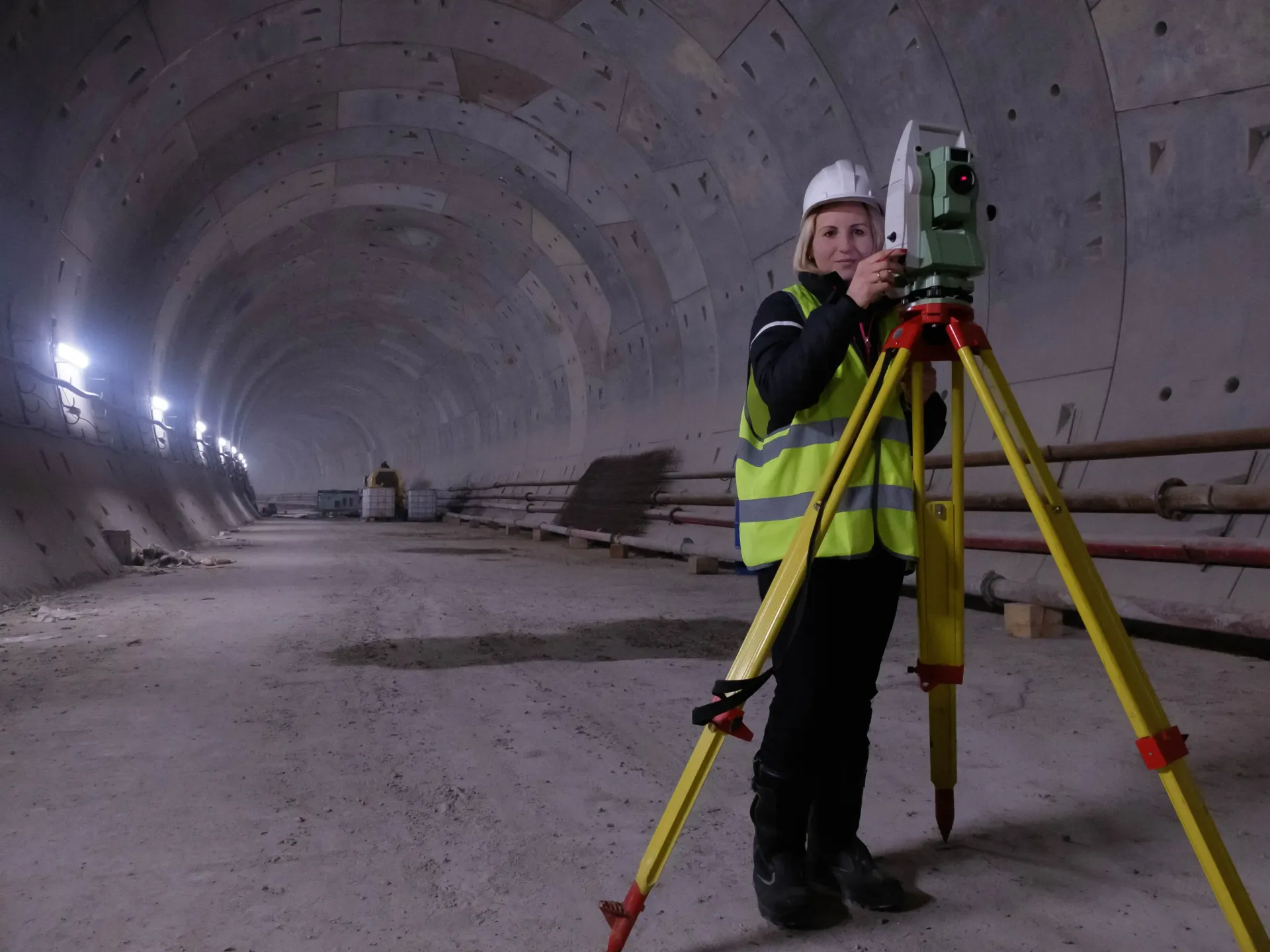Laser safety services
Why you're in good hands with us:
We have More than 30 years of experience in laser safetyOur customers benefit from our laser safety expertise, which we have developed during this time through Customer support, research, product testing and standardization work We have built up a wealth of experience. We are happy to share this knowledge with our customers. We provide practical and individualized support for all questions relating to operational and technical laser safety, independently and objectively.
Our laser safety consulting services
Safe working conditions through expert advice.
Whether you manufacture or operate laser machines, We offer you support We assist you in designing the technical laser safety features of your machine and help you implement operational laser safety measures. Our support ranges from classifying the laser machine, applying standards and selecting suitable safety components, to defining operational safety measures and creating a risk assessment.
Laser safety concepts
As a manufacturer, we support you in designing the technical laser safety of your machine according to EN 60825-1 and EN 60825-4. As a laser operator, we offer our assistance in implementing the OStrV (German Ordinance on Occupational Safety and Health) and the application of the TROS (Technical Rules for Laser Radiation) – from defining organizational laser safety measures to procuring personal protective equipment.
Risk assessment
We guide you step by step through the creation and documentation of the risk assessment for your laser workstation. Together with you, we identify and evaluate the direct and indirect hazards and recommend suitable protective measures based on the state of the art.
Laser classification
We support you in the manufacturer's classification of your laser equipment according to EN 60825-1. We explain the class-specific requirements that the standard places on the protective equipment of the laser device, help you in selecting suitable components and the standard-compliant marking as well as the design of the protective enclosure according to EN 60825-4.
Measurements
We have a wide range of measuring instruments that allow us to determine all relevant laser parameters: from laser power and pulse characteristics to intensity profile and beam caustics. Precise knowledge of these beam parameters is not only essential for quality assurance in production, but also serves as the basis for risk analysis at the manufacturer's site and hazard assessment at the operator's site. Our expert personnel will visit you with the appropriate measuring equipment and perform the required measurements on your laser.
calculations
Safety-related calculations are an important aspect of risk analysis and hazard assessment. Determining the accessible radiation limit (ARL) allows the manufacturer to classify their laser equipment, while calculating the exposure limit values (ELVs) shows the operator the requirements for operational laser safety measures. Determining eye safety distances helps define laser zones. We would be happy to assist you with these calculations and explain the resulting consequences.
Do you have questions about laser safety?
Contact us! Our laser safety experts will be happy to assist you with their expertise.
Feel free to also take a look at our LinkedIn laser protection channel That's over. Here you'll find weekly informative posts about laser safety.
Are you already familiar with our laser safety guides? They are available here for you. free download ready.
Laser safety training
The right training for everyone:
Whether new laser safety officers need to be trained, current laser safety officers need further training, or the workforce needs laser safety instruction: With us, you'll find the right training format. We offer application-oriented or general training courses, in person or online, in German or English, openly advertised on fixed dates or as individual training on your preferred date.
01
Training of laser safety officers
We train and qualify laser safety officers for their role. In addition to general training for laser safety officers in technical or medical applications, we also offer application-oriented training in materials processing, metrology, fiber optic communication technology, laser projectors, specialized medical laser applications (e.g., dermatology, surgery), and cosmetics. Our training courses meet the requirements according to [relevant standard/regulation]. §5 OStrV and TROS laser radiation.
02
Training for laser safety officers
Laser safety officers are required to participate in regular continuing education. We offer the perfect format for this. Our training courses refresh existing expertise and provide information on new developments in laser safety and the current status of standards and regulations. Our training courses meet the requirements of Section 5 of the German Ordinance on the Protection of the Environment (OStrV). TROS Laser radiation.
03
Laser safety training
We support you with initial training for new employees and annual refresher training in laser safety. We provide the training content. depending on the specific situation at the laser workstation together and adapt them individually to the level of knowledge and prior knowledge of the participants.
04
Machine safety training
Specifically for the decision-makers and designers at the manufacturer, we offer, together with the Goebel Engineering Office We offer a technical laser safety training course twice a year. This two-day, in-person training course at the blz in Erlangen, with theoretical content and practical laser exercises, will teach you about risk analysis and laser-safe system design in detail.
We check for your safety:
Testing of laser safety products
For over 20 years, as an accredited testing laboratory for laser safety products, we have tested thousands of laser safety glasses, laser safety textiles, and shields for their resistance to laser radiation. These destructive product tests guarantee the durability of the products under worst-case conditions and provide you with the necessary safety in your daily work with lasers. We test new products for manufacturers during the development process and conduct qualifying tests for certification bodies.
Laser eye protection testing
We perform laser exposure tests on laser safety glasses according to EN 207 and laser alignment glasses according to EN 208 and determine the LB protection levels (laser safety glasses), more precisely RB protection levels (laser alignment glasses).
Testing of laser protective clothing
Since no testing or product standard for laser protective clothing currently exists, we test the laser resistance of textile protective products according to existing testing principles. In parallel, we are actively working with experts in the DIN working group "Laser Protective Clothing" on a product standard.
Testing of laser safety shields
We conduct laser exposure tests on shielding materials according to EN 12254 and determine the AB protection levels. We also test shielding according to EN 60825-4 and determine the protection limit (SGB) and the protection duration for test classes T2 and T3.
Leave your callback request here.
Subscribe to Newsletter
FAQs on laser safety
Laser safety is an important and complex topic. Here you will find answers to important questions.
What laser classes are there?
Based on their hazard potential, lasers are assigned to one of eight laser classes. The classification begins with laser class 1 (eye-safe) and ends with laser class 4 (very dangerous for the eye and skin): 1, 1M, 1C, 2, 2M, 3R, 3B, 4. The standard EN 60825-1 defines the laser classes and provides manufacturers with classification rules.
Which class of lasers are considered eye-safe?
Only Class 1 lasers are considered eye-safe. If higher class lasers are completely enclosed and technical protective measures according to EN 60825-1 are implemented, the system can often be operated as a Class 1 laser.
From which laser class is a laser safety officer required?
In Germany, employers must appoint a laser safety officer in writing for the operation of lasers of classes 3R, 3B, and 4. This person must first successfully complete laser safety officer training (course attendance final examination). The laser safety officer must refresh their expertise at least every five years through appropriate continuing education.
What are the responsibilities of the laser safety officer?
The laser safety officer advises, informs, and monitors safe laser operation, but bears no personal responsibility. This changes when supervisors are appointed as laser safety officers or when laser safety officers are given expanded duties and powers in their appointment. This sustainably strengthens laser safety within the company.
What indirect hazards should be considered when processing materials with lasers?
Approximately half of all accidents involving laser systems are electrical accidents. Depending on the laser process and the materials being processed, toxic fumes and gases can be produced. Laser systems can contain hazardous substances, such as toxic laser gases or optics. Harmful accompanying radiation, such as intense UV and IR radiation or even X-rays, can also be emitted. Human error (negligence, intent) is also among the top 10 most frequent causes of accidents.
Do you have any further questions about laser safety?
Our team is available and happy to assist you.






